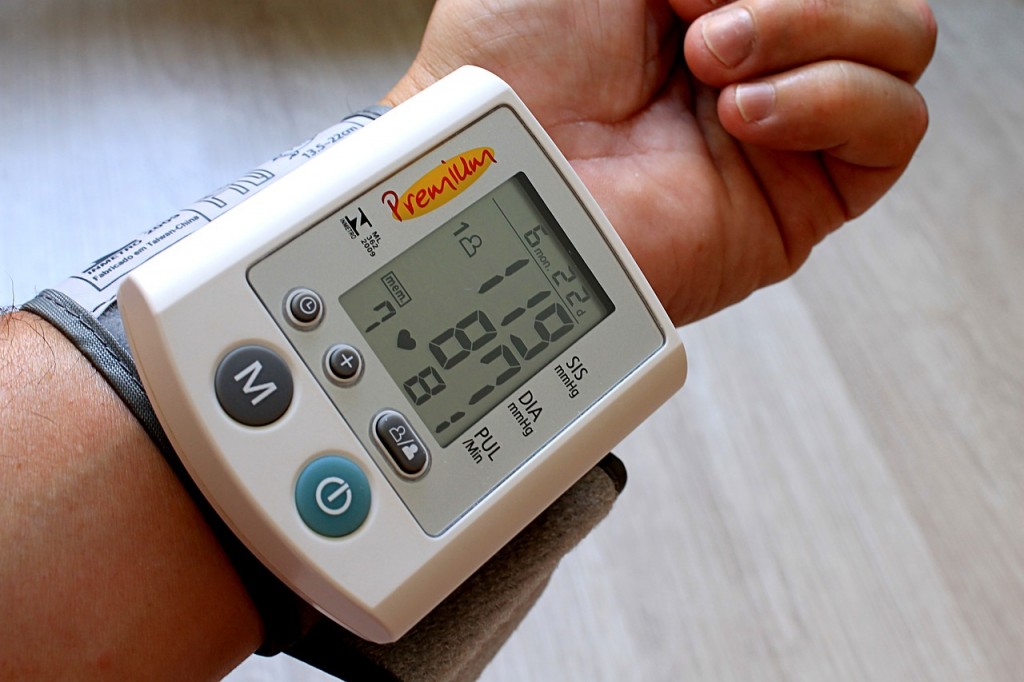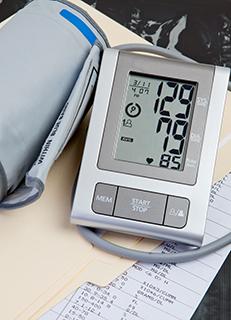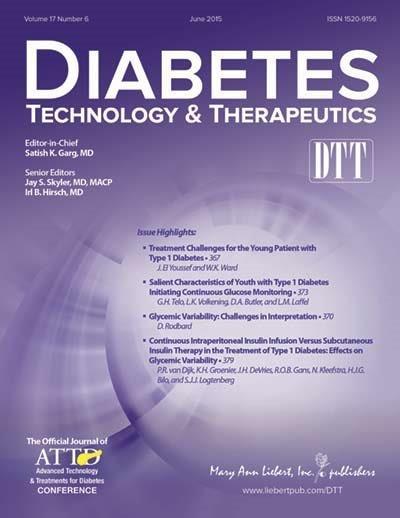March 2007: A Chicago-area study of 50 individuals with a misaligned Atlas vertebra (located high in the neck) and high blood pressure showed that after a one-time specialized chiropractic adjustment, blood pressure decreased significantly. The decrease was equal to taking two blood-pressure drugs at once. The results are published in the online March 2 issue of the Journal of Human Hypertension.
According to lead author George Bakris, MD, director of the hypertension center at the University of Chicago Medical Center, unlike other vertebrae, which interlock one to the next, the Atlas (also known as C-1) relies solely upon soft tissue (muscles and ligaments) to maintain alignment; therefore is uniquely vulnerable to displacement. Displacement of C-1 can occur without pain and thus, often goes undetected and untreated.
A small cadre of chiropractic specialists have foregone typical "full-spine manipulations," limiting their practice to precise, delicate manual alignment of a single vertebra, C-1. These practitioners make up the National Upper Cervical Chiropractic Association (NUCCA).
Patients were referred to a Chicago NUCCA practitioner, Marshall Dickholtz Sr., DC, for cervical assessment that included: paracervical skin temperature determination; postural analysis; pre-alignment craniocervical X-rays; and supine leg-length check. (A misaligned Atlas results in leg-length disparities, apparent when comparing heel positions while the patient lies in a supine position. When the patient is instructed to turn his/her head to the left or right, the heel-position disparity changes. Heels that appear parallel to one another or that don�t change on head-turning signal that the Atlas is not misaligned.)
Continue Reading Below ↓↓↓
Those with high blood pressure and misaligned C-1 were enrolled in the study. Data from the assessment were used by the chiropractor to plan the alignment. Half of the patients received a carefully tailor-made adjustment based on their results. Half received a "sham intervention," which was designed to be indistinguishable to the patient from an authentic alignment, possible only because of the delicacy of the procedure.
Participants were fully assessed again after the alignment as well as at the end of eight weeks.
The authors say the improvement in blood pressure (both systolic and diastolic readings) following the correction of Atlas misalignment is similar to that seen by giving patients two different blood pressure-lowering drugs simultaneously. The reduction in blood pressure continued into the eighth week. There was no significant change in participants� heart rate.
"The mechanism as to why this improvement in blood pressure occurs is unknown and cannot be determined by this study," the authors wrote. "The data presented, however, raise a number of important questions including: a) How does misalignment of C1 affect hypertension?; and b) If there is a cause and effect relationship between C1 misalignment and hypertension, is malposition of C1 an additional risk factor for the development of hypertension?"
A larger trial involving multiple practitioners is being planned.
Authors:
- G. Bakris, Director, Hypertension Center, Univ. of Chicago Medical Center
- M. Dickholtz Sr., Chiropractic Health Center, Chicago, IL
- P. M. Meyer, Hypertension Center, Rush Univ. Med. Center
- G. Kravitz, Hypertension Center, Rush Univ. Med. Center
- E. Avery, Hypertension Center, Rush Univ. Med. Center
- M. Miller, Barrington Family Medical Clinic, Barrington, IL
- J. Brown, Barrington Family Medical Clinic, Barrington, IL
- C. Woodfield, Atlas Research Foundation, Barrington, IL
- B. Bell, Barrington Family Medical Clinic, Barrington, IL
This trial was an investigator-initiated study funded by the ATLAS Research Foundation and the NIH K25, HL68139-01A1 who supported Meyer�s effort.
Source: University of Chicago Medical Center










